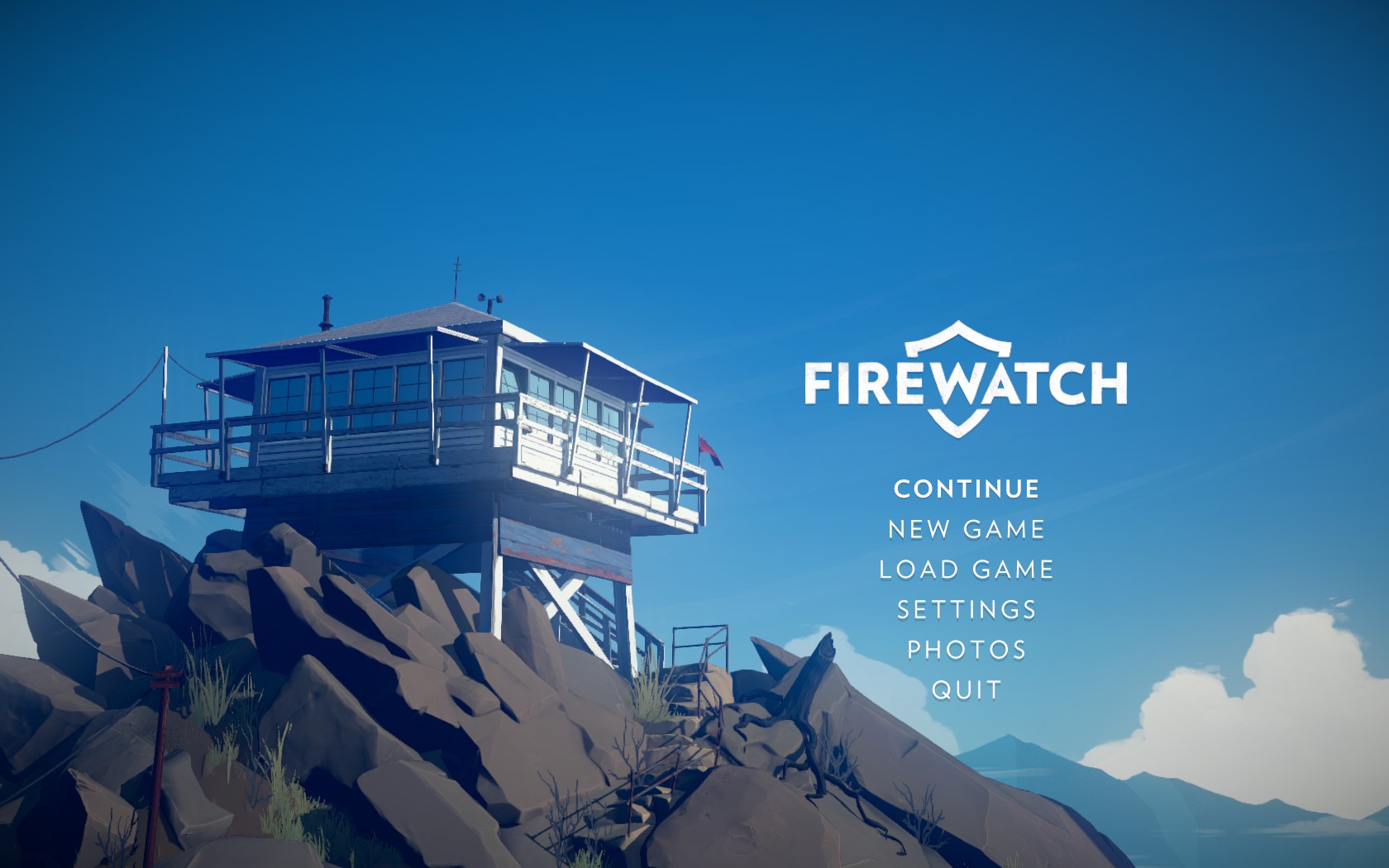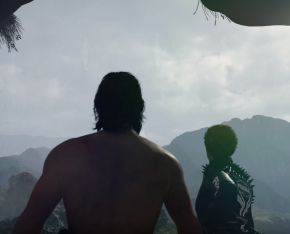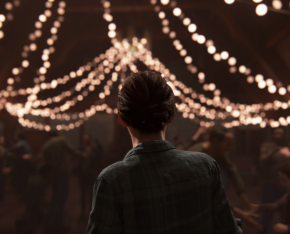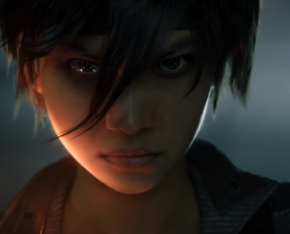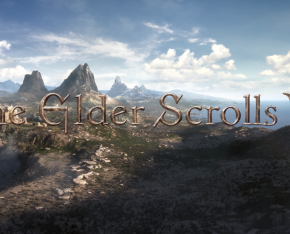By Jen Carman on May 4, 2016 at 3:17pm
"Firewatch" is a story about two people in a forest. Henry is a man running away from his life and Dililah, his boss and sole radio contact, already has. Throughout the summer, the only visual contact between them is the view of the silhouette of her watchtower on the ridge of the far off mountain range.
Henry’s life is built and subsequently unravels in the introductory moments of the game. The player is given a few light-hearted choices to make and then the Reality Stick hits and you are left to decide which option might be the “best” choice, because neither is exactly “right”. By the end of the narrative, Henry is in his watchtower and his radio relationship with Delilah begins.

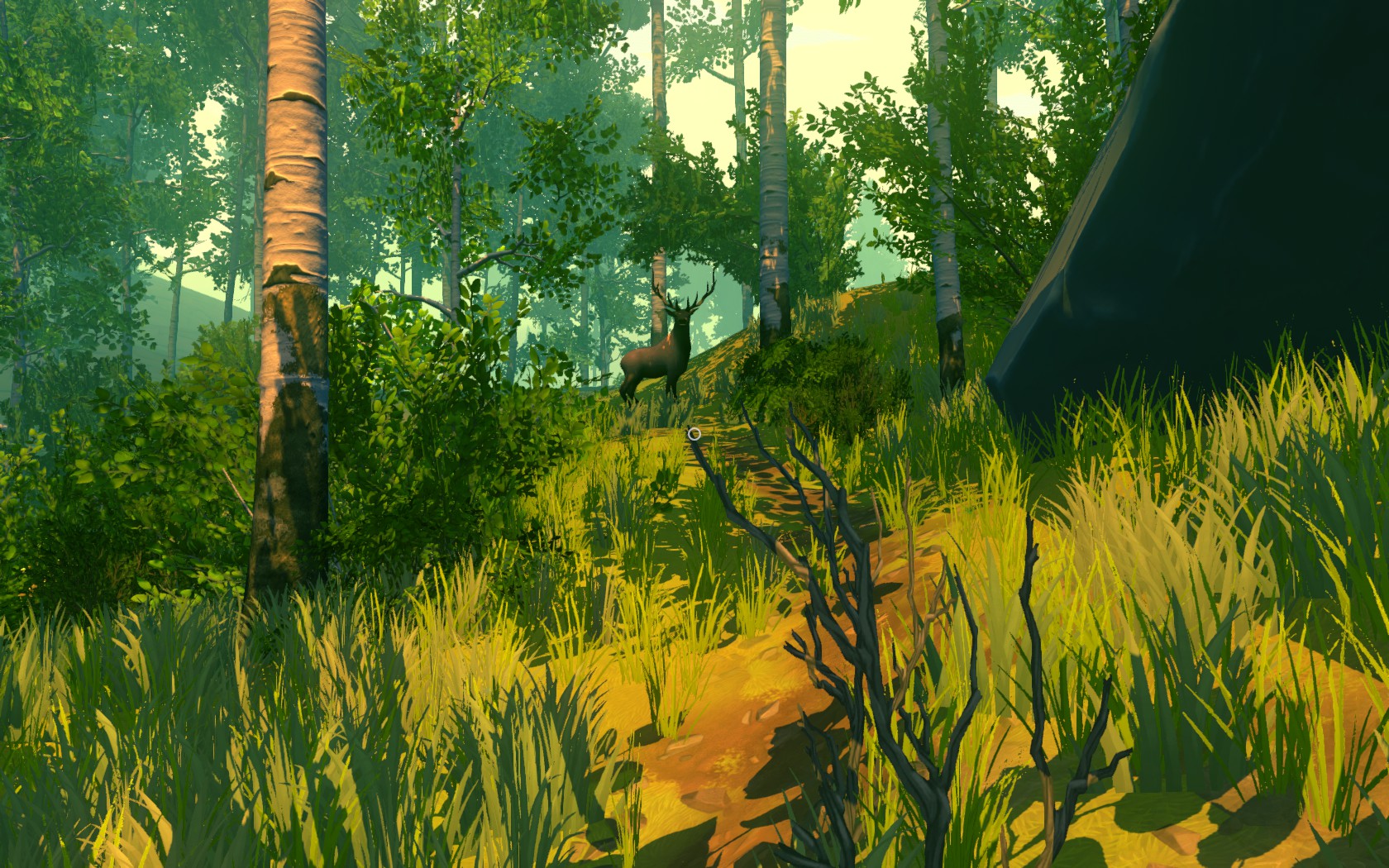
"Firewatch" is set in the Shoshone National Forest in northwestern Wyoming. The team at Campo Santo spent time hiking and camping in the real-life national park to be able to provide the game’s environment with accurate details and real-world details. There are also awesome photos of real, active and decommissioned fire watchtowers that they visited for reference material. Because of this effort the game is, of course, beautiful. The trees sway in the mountain breeze while leaves fall gently along the sun shafts that break through the canopy, streams flow peacefully among the stones and boulders and into the picturesque, glass-surface of Jonesy Lake. The views from the watchtower and every rock outcrop are amazing and different times of the day wash the scenes in different pallets of color, as they should. But. Besides two-dimensional flocks of crows and the occasional butterfly flittering about in said breeze, there is no wildlife. In that entire section of a US National Park there isn’t a rabbit or a skunk or a moose…or even something dramatic like a bear or a wolf heard in the distance. Oh, wait, there’s a stag during that opening narrative…and apparently there is a secret turtle.
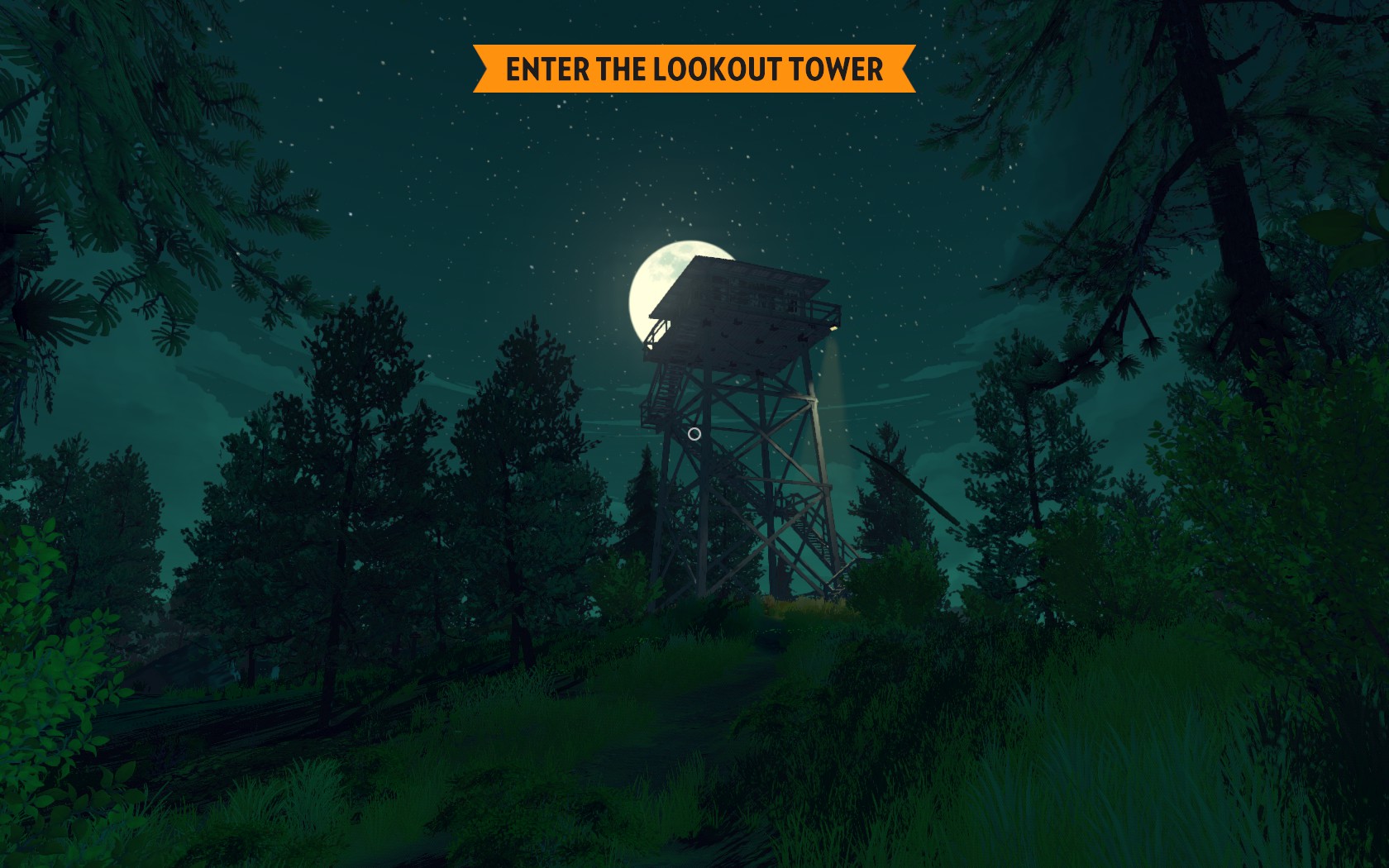
The other disappointing part of the game for me was where I thought the plot was taking me. I think that the ending would have been more interesting if the story had gone in the direction that I thought I was being lead. Not to say that the actual ending is bad or boring because it is not. It is heart breaking and thought-provoking and leaves you wondering why no one in the game’s universe had dug a little deeper…but the paranoia and the tension that the music and events had built up until then just drops away with the realization that you let yourself get worked up for the wrong reason.
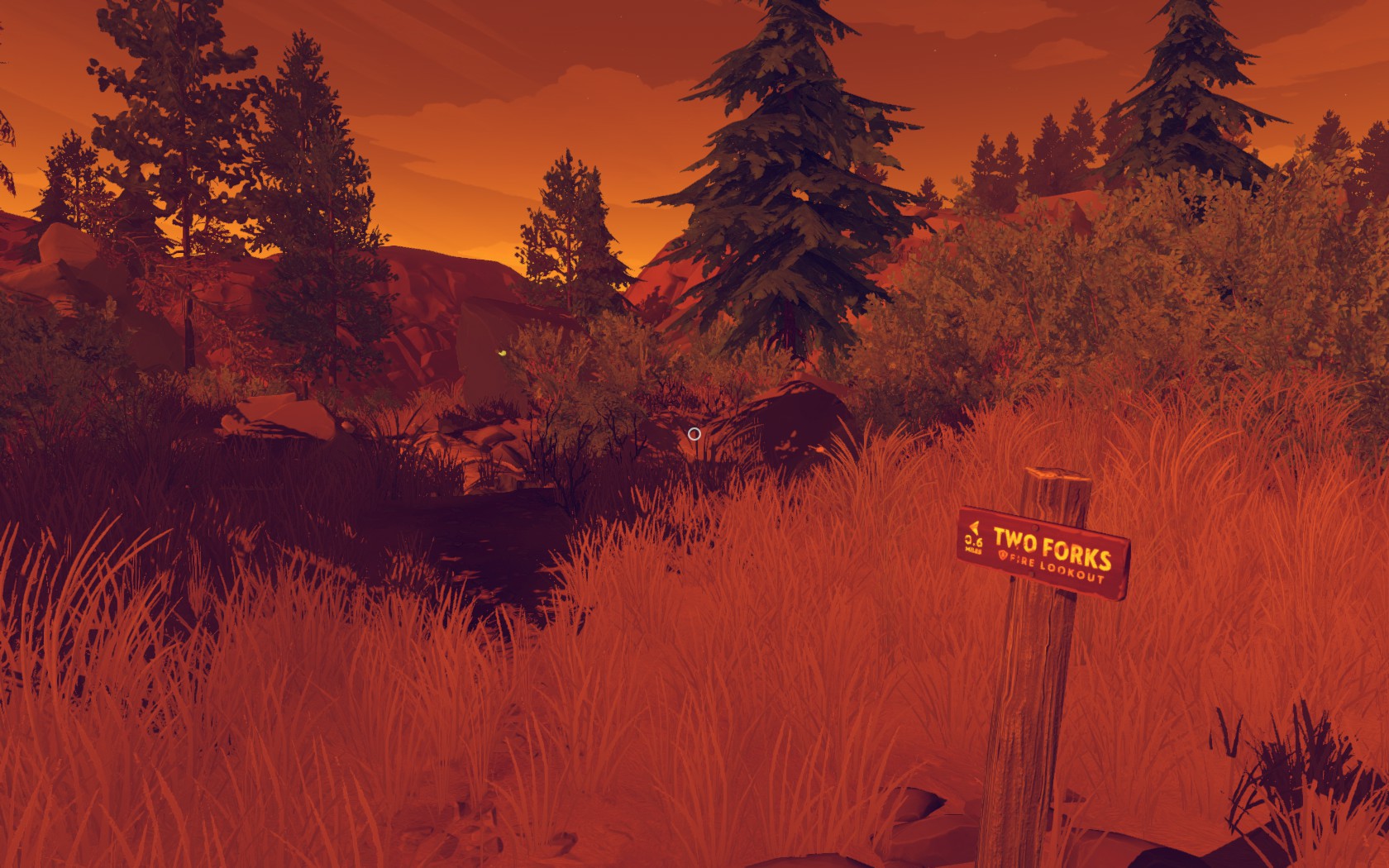
The dialogue between Henry and Dililah is well-written, well-performed, and feels like natural adult banter. You can play Henry as snarky and silly or polite and more guarded. There are also times when you can choose to tell people off in very adult-like ways or not. Dililah responds accordingly and can throw the sass with the best of them. Responding to her radio calls is on a little timer so I did find myself choosing the response that immediately came to my own mind rather than wasting time considering the other choices. If the timer empties and you haven’t responded that branch of the script ends and can’t be restarted.
As far as "Firewatch" being classified as a “walking simulator”, the only time the walking really irritated me was just past mid-way into the end-game when it really became obvious that the map was set up in such a way as to make you bounce from corner to corner to get to the next area. That being said, most of the travel includes climbing, repelling, spelunking, or balancing across large, fallen trees at some point in the journey and game play is only 5 – 6 hours *with* all the travel. To me it really was more of an irritation than a real fault in the game.
Overall I enjoyed "Firewatch" for what it was. I kind of wish it had ended differently, but exploring the semi-open world landscapes and searching for any extra slivers of the radio script was worth the time spent playing. I personally like the chunky cartoonish art style, and there are also notes and souvenirs to collect and Henry finds a disposable camera that you can snap in-game photos with that are “developed” and displayed as the final credits scroll. Then you can use Steam’s F12 feature and screen-cap your screen-caps!
